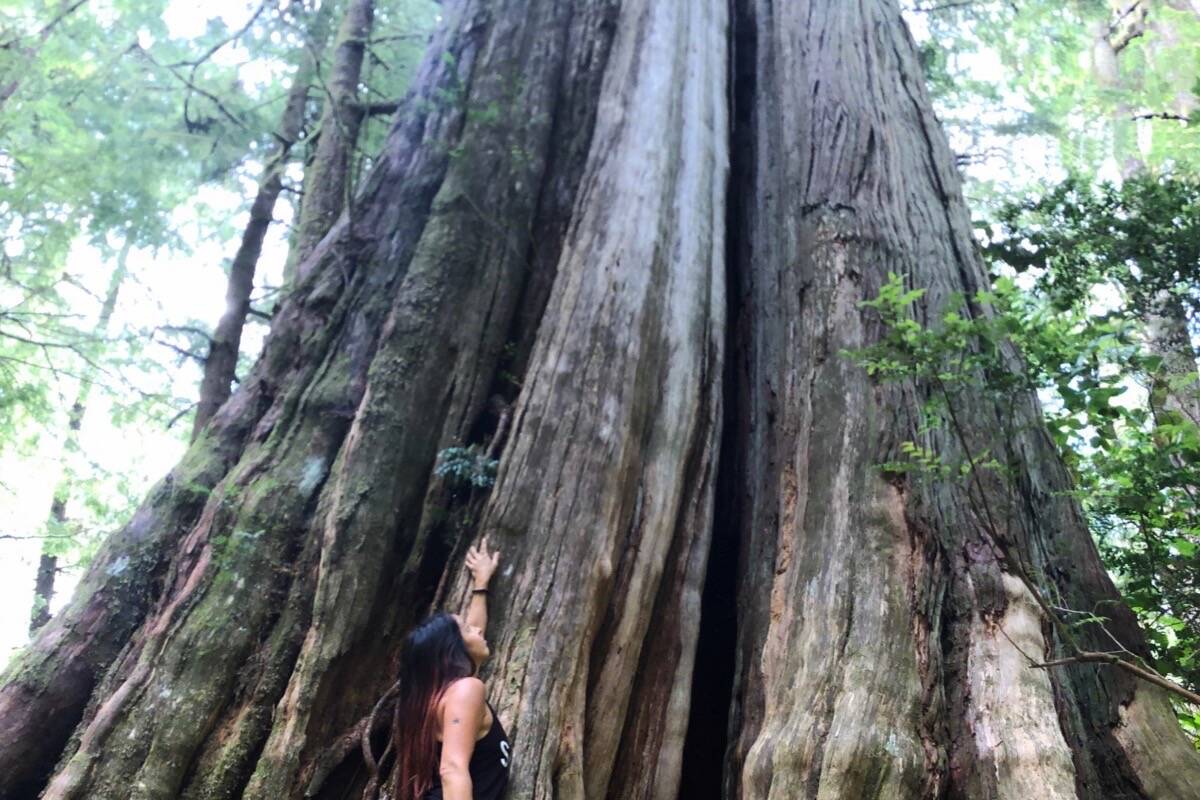More than 30 years after B.C.’s New Democratic Premier Mike Harcourt had opened up large parts of Vancouver Island’s Clayoquot Sound to commercial logging, parts of the area could soon be off-limits again.
Two conservancies covering 77,000 hectares would place much of the area opened for logging in 1993 under protection.
Conservancies set aside Crown land for environmental, social, recreational, ceremonial and cultural uses, but also allow a “wider range of low-impact, compatible economic opportunities” than permissible in Class A parks. Commercial logging, mining and hydroelectric power generation, other than local run-of-the-river projects, are prohibited in conservancies.
MaMook Natural Resources, a partnership of five First Nations on the western coast of Vancouver Island, currently holds the only tree forest license in Clayoquot Sound and the conservancies would cover almost 60 per cent of the TFL.
The province has been accepting submissions on the conservancies since March 12 with an April 10 deadline. So far, the province has received 208 submissions and it is not clear when the conservancies would come into effect.
The conservancy proposals are coming forward following what Forests Minister Bruce Ralston called “lengthy negotiations” with Ahousaht and Tla-o-qui-aht First Nations, who are also part of MaMook Natural Resources.
“I’m optimistic that there will be public receptivity to it, but the outcome is not pre-determined,” he said. “It’s a consultation process.”
Comprised of various valleys, inlets, lakes, rivers, islands and forests, Clayoquot Sound covers about 350,000 hectares of land and ocean. Its land base covers about eight per cent of Vancouver Island and has been home to some of Canada’s oldest and therefore commercially valuable trees.
The New Democratic government of the early 1990s sought to pacify growing conflicts between environmentalists, First Nations and the logging industry through the Clayoquot Sound Land Use Decision of April 1993.
While the decision increased the protected area to 33 per cent from 15 per cent, it sparked B.C.’s most significant environmental protests ever, lasting some three months. Historians have described these protests and their culmination in the summer 1993 as the War in the Woods.
RELATED: Vancouver Island Indigenous leaders support B.C. plan for old forest preservation
While Ralston acknowledged that history, he noted the current proposals have a more recent history. He also disagreed with suggestions that the proposed conservancies can be seen as an attempt to make up for the 1993 decision.
“It’s a more recent development,” he said. “Obviously, it’s mindful of the history, but I don’t accept your characterization of it directly flowing from what happened 30 years ago. Obviously, the history is recognized and…we will see what people think.”
The answers so far have been positive. Tofino-based Friends of Clayoqout Sound and the Ancient Forest Alliance have welcomed the announcement.
Clayoqout Sound is already subject to a temporary provincial order deferring the logging of 2.6 million hectares of old-growth and conservancies would further prohibit logging. That said, government is promising to work with the First Nation tenure holder on “their interest to harvest timber in other areas of Clayoquot Sound as an economic opportunity for their communities.”
Ralston said the conservancies try to strike a balance.
“As the forests minister, I’m also concerned to make sure we balance our appetite for conservancy with the necessity of having working forests that we will continue to employ people in the forest industry, whether it is on Vancouver Island or throughout the rest of the province,” he said. “The efforts that we have made to re-think forestry and (offering) a different style and approach to forest management is what we are engaged in.”
Figures from the Sierra Club of B.C. show Clayoquot Sound to be crucial in protecting old growth on Vancouver Island.
In 1993, 60 percent of the old-growth rainforest in the Clayoquot Sound region was still intact and the “vast majority” of it was still intact more than 30 years later, according to the Sierra Club of B.C.
Outside of Clayoquot Sound, 29 percent of productive old-growth rainforest remained intact in 1993 and that number has since dropped to 18 per cent.

